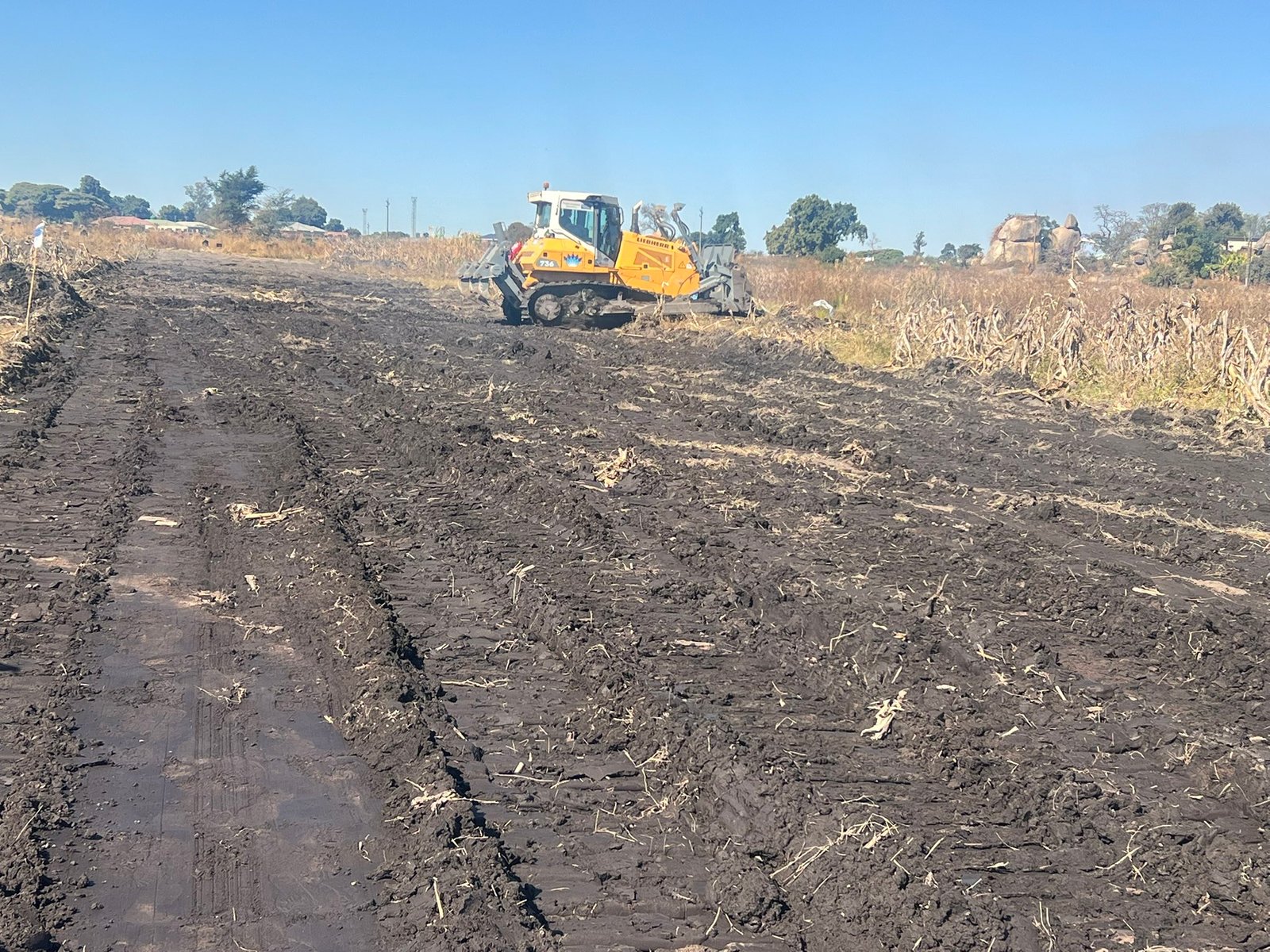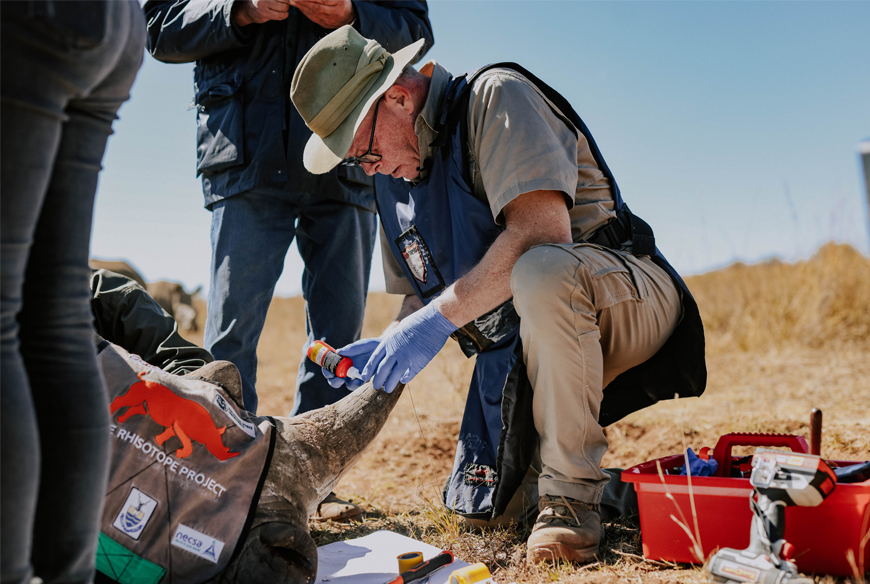When we think of the most direct threats to endangered species, our minds often leap to the big hitters like climate change and habitat destruction.
But a small, looped piece of wire is now considered just as deadly, or even more so by many working in conservation.
In Victoria falls a young pachyderm is still recovering after sustaining injuries on the leg while trying to get free from a brutal wire snare.
The young elephant limped through the bush, its leg swollen after a wire snare had dug deep into the flesh.
The Victoria Falls Anti-Poaching Unit (VFAPU) said that after a week’s effort to locate the injured animal, rangers assisted with the removal of a snare from a young elephant. It took wildlife teams several hours to find the small herd, but once located, the calf was successfully darted. The mother also had to be tranquilised after refusing to leave her offspring’s side, an act conservationists say is common among elephants, whose strong social bonds often keep them close to family members even in times of distress.
“This young pachyderm was first spotted almost a week ago by some guides whilst out on Safari.”
“Conservationists jumped into action and included the Zimbabwe Parks and Wildlife Management Authorities, Vets from the Victoria Falls Wildlife Trust, Professional Guides Nigel Theisen and Garth Adams and VFAPU Rangers,” reads the VFAPU statement.
Despite decades of conservation work, these wire traps remain a constant threat to wildlife across the country, often catching unintended species.
“Large antelope were likely the target here, but this poor elephant happened to get caught. Whilst snapping the snare off would not have been too much trouble, the aftermath of having a tight wire wrapped around its leg is clear to see.”
Research shows that every snare laid has the potential to take a life. Yet, these traps are often more effective at catching than killing. Animals caught in snares frequently suffer severe injuries, enduring prolonged pain before eventually dying from starvation, infection or thirst. In many cases, up to 90% of snared animals are left to die and rot, abandoned by poachers who take only what they need and leave the rest behind.





